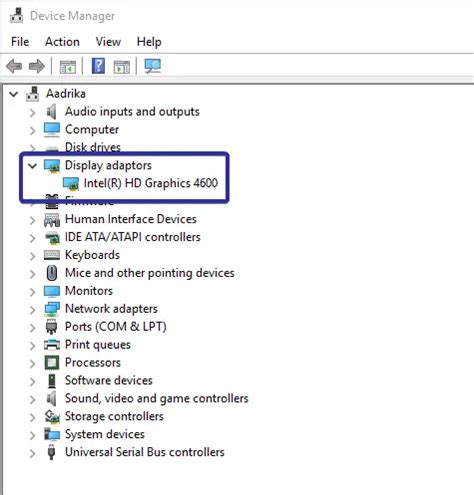How to Find What Graphics Card I Have: A Quick Guide
Knowing your graphics card (GPU) is crucial for troubleshooting, upgrading, and ensuring game compatibility. But how do you find this information? It's easier than you think! This guide will walk you through several methods to quickly identify your graphics card, whether you're a tech novice or a seasoned pro.
Method 1: Using Your Computer's System Information
This is the simplest method and requires no external software.
Windows:
- Search for "System Information": Type "System Information" in your Windows search bar and open the application.
- Locate "Display adapters": In the System Information window, scroll down until you find the "Components" section. Expand it and click on "Display."
- Check the "Name" field: Under "Display adapters," you'll see the name of your graphics card listed clearly. This will usually include the manufacturer (like NVIDIA or AMD) and the model number (e.g., GeForce RTX 3060, Radeon RX 6600).
macOS:
- Open "About This Mac": Click the Apple menu in the top-left corner of your screen and select "About This Mac."
- Click "System Report...": This will open a detailed system report.
- Navigate to "Graphics/Displays": In the left-hand sidebar, find and click on "Graphics/Displays."
- View your graphics card information: The main window will display details about your graphics card, including the model name and vendor.
Method 2: Using the Device Manager (Windows)
The Device Manager offers a more detailed view of your hardware.
- Open Device Manager: Search for "Device Manager" in the Windows search bar and open the application.
- Expand "Display adapters": Find and expand the "Display adapters" section.
- Identify your graphics card: The listed device will be your graphics card. Double-clicking it might provide even more detailed specs.
Method 3: Using Third-Party Software
Several free programs can provide comprehensive system information, including detailed graphics card specifications. However, be cautious when downloading software from unknown sources. Stick to reputable sources to avoid malware. Examples of such software include Speccy or CPU-Z. These tools often offer more detailed information beyond just the card's name, such as memory, clock speed, and other technical specifications.
Note: These programs will often show more than one entry if you have integrated graphics and a dedicated graphics card. The dedicated card (usually the higher-performance one) is the one you'll likely be most interested in.
Method 4: Checking Your Computer's Documentation or Purchase Information
If all else fails, you can always check the documentation that came with your computer or review your purchase information. This should clearly state the specifications of your machine, including the graphics card.
Troubleshooting Tips
- Multiple Displays: If you have multiple monitors, the information might display multiple graphics cards if they are different.
- Outdated Drivers: Ensure your graphics drivers are up-to-date for optimal performance and accurate information display.
- Integrated vs. Dedicated Graphics: Many laptops and some desktops use integrated graphics alongside a dedicated graphics card. You'll want to identify the dedicated card for gaming or graphics-intensive tasks.
By following these steps, you'll easily find the specific model of your graphics card. This knowledge empowers you to make informed decisions about software and hardware upgrades, troubleshoot performance issues, and ensure optimal system performance. Remember to always download software from trusted sources.
